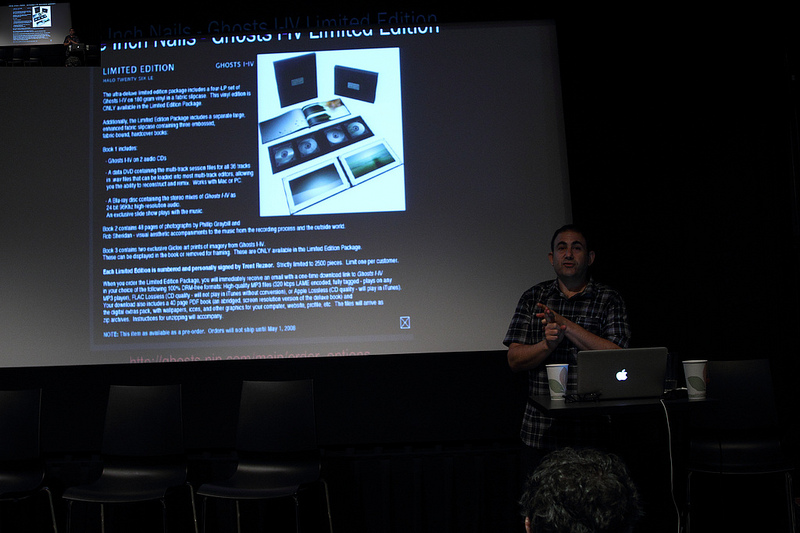10 Key Points on How to Move Forward With Outreach and Impact for Documentary Film
A Report from the IFP Filmmaker Lab by Jon Reiss With all the trauma of this past week, I at least had the good fortune of spending it at the IFP Filmmaker Lab in NYC. We all showed up Wednesday morning stunned/tired from watching returns all night/depressed. Some stayed home but by the middle of […]
Romania Interviews

I just got the links to the TV and Radio interviews that I did while in Romania. We talked a lot about distribution and marketing within the film industry, and how that relates to all art forms – specifically in Romania. Check them out below. Digi TV Romanian State Television Radio Cultural
10 reasons why you should get your s–t together and apply to the IFP Filmmaker Lab
I have had the pleasure of being one of the lab leaders at the IFP Filmmaker Lab for the past 5 or so years (as you can imagine I help run the distribution and marketing component of the labs). Each year the four times I travel to New York for the labs are some of […]
Film Business Plans: Learn to Stop Worrying (and Love the Spreadsheet)

Today we have a guest post from the New York Film Academy about writing a business plan for your film. The one thing I would note is to be upfront with the investors with how long it takes to recoup money and the very good chance that they may not recoup at all (in fact […]
Top 10 Things Learned in the IFP PMD LAB

Top 10 Things Learned in the IFP PMD LAB By Jon Reiss I have had the good fortune to be involved in IFP’s Independent Filmmaker Labs for the past several years now and I have seen innumerable benefits to the films and filmmakers who participate. The Labs provide an opportunity for first-time filmmakers to […]
Ways to Distribute Merchandise
I recently posted a short piece about innovative merchandise. Here is a quick rundown on the different ways to sell your merch! Let me know what you think!
SFM documentary funded by House Parties & Kickstarter
Today we are hosting a guest blog post written by the team behind the documentary STREET FIGHTING MAN. The documentary (twitter, FB) is due out in Spring 2013, and the production and post-production have been funded almost entirely through two Kickstarter campaigns, which raised over $30,000. Additionally, the Street Fighting Man team threw a series […]
Fanta-Pstik
The explosion of DSLR filmmaking in recent years has allowed independent filmmakers to create high resolution content with a shallow depth of field. In many ways the technology has done a lot to level the playing field between the independents and major studios. One of the better known examples of this leveling was the news […]
Creating Innovative Merchandise
Its the IFP Film Week in NYC where I just was for the IFP Lab and the new IFP PMD Lab – so with that in mind – I am posting my new clip about merchandise and an intro to innovative merchandise.
Top 5 Crowd Funding Tips for Filmmakers

Good news. Another special guest blogger has been added to our arsenal. Author and filmmaker James Cooper wrote the book Kickstarter for Filmmakers after successfully funding his short film Elijah the Prophet through the popular crowd funding website. Below James shares his top five crowd funding tips for filmmakers. TOP FIVE CROWD FUNDING TIPS FOR FILMMAKERS by […]